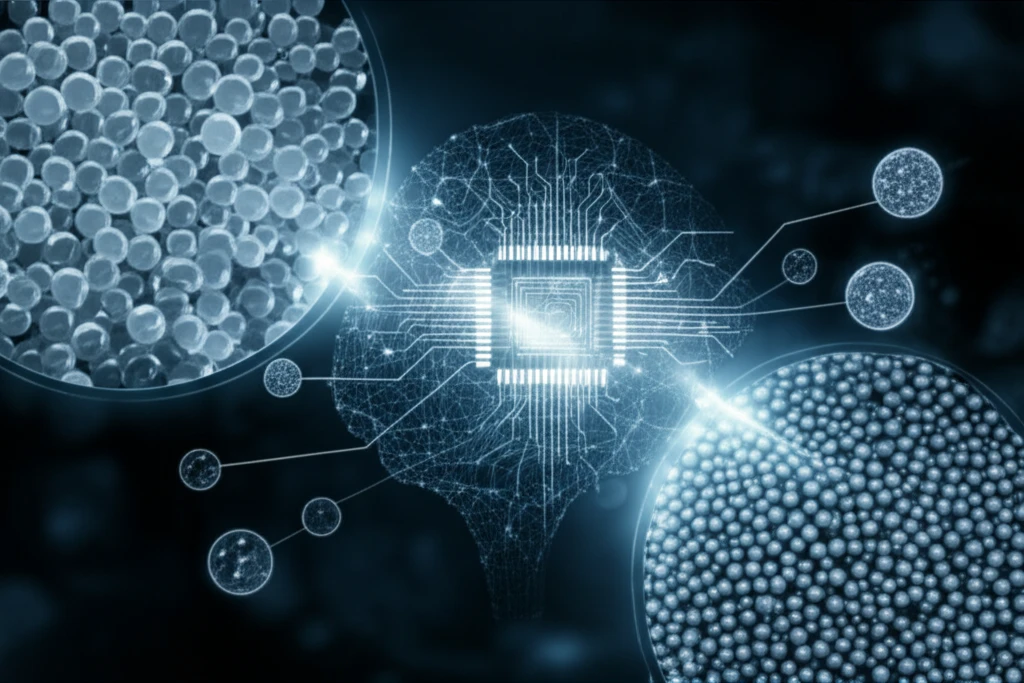
Microbead Mayhem: Can AI Clean Up Our Wastewater?
"AI offers a promising solution for classifying and mitigating microplastic pollution in urban wastewater."
Our world is awash in plastic. From the deepest ocean trenches to the most remote mountaintops, plastic pollution is a ubiquitous problem. While large plastic debris is visually disturbing, the unseen threat of microplastics poses a potentially greater risk to ecosystems and human health. Among these microplastics, microbeads – tiny plastic particles once commonly found in personal care products – have emerged as a significant concern.
These minuscule pollutants, often invisible to the naked eye, easily slip through wastewater treatment systems and find their way into our waterways. While many countries have banned microbeads in cosmetics, their presence persists in the environment, and they continue to be used in various industrial applications. This continued discharge makes the determination and classification of microbeads a crucial problem.
Fortunately, innovative solutions are on the horizon. Researchers are increasingly turning to artificial intelligence (AI) to tackle this complex challenge. In particular, convolutional neural networks (CNNs), a type of deep learning algorithm, have shown remarkable promise in identifying and classifying microplastics based on microscopic images. This article will delve into how CNNs are being used to analyze wastewater samples, offering a glimmer of hope for a cleaner, more sustainable future.
AI to the Rescue: How CNNs Identify Microbeads

The traditional methods for identifying and classifying microplastics are often time-consuming and labor-intensive. However, AI offers a faster, more efficient, and potentially more accurate alternative. By training a CNN on a large dataset of microscopic images of microbeads, the AI can learn to recognize patterns and characteristics that distinguish different types of microplastics.
- Data Collection: Microbeads were extracted from facial cleansers and wastewater samples.
- Image Acquisition: Microscopic images of the extracted microbeads were captured under various lighting conditions and using different filters.
- Data Pre-processing: The images were cropped, and their number was increased through data augmentation techniques like rotation and mirroring.
- CNN Training: The GoogLeNet architecture was trained on the prepared dataset to classify the microbeads based on their characteristics.
The Future of Microplastic Monitoring
While this study focuses on microbeads, the application of AI extends far beyond this specific pollutant. CNNs can be trained to identify and classify a wide range of microplastics, providing a comprehensive overview of plastic pollution in various environments. Furthermore, AI-powered systems can be integrated into wastewater treatment plants to automatically monitor and remove microplastics, preventing their release into the environment. As AI technology continues to advance, we can expect even more sophisticated and effective solutions for tackling the global challenge of microplastic pollution.
